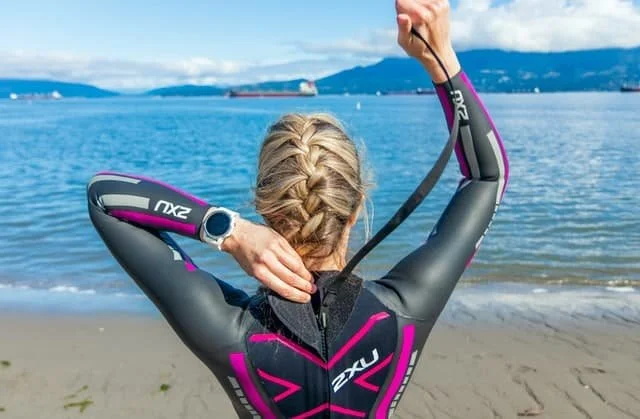How To Select A Wetsuit
Selecting the right wetsuit is important to ensure comfort, proper insulation, and flexibility during your dives. Here are some factors to consider when choosing a wetsuit:
Thickness: Wetsuits come in different thicknesses, typically measured in millimeters. The thickness you choose depends on the water temperature and your personal preference. Thicker wetsuits provide more insulation and are suitable for colder waters, while thinner wetsuits are more appropriate for warmer conditions. Consider the average water temperature of your dive locations and select a wetsuit that provides adequate thermal protection.
Fit: A proper fit is crucial for comfort and functionality. A wetsuit should fit snugly but not be overly tight or restrictive. It should allow for easy movement and not impede your range of motion. Check the manufacturer's sizing chart and try on different sizes to find the one that fits you best. Pay attention to the length, sleeve and leg openings, and ensure a good seal around the neck, wrists, and ankles to minimize water entry.
Material: Wetsuits are typically made from neoprene, a synthetic rubber that provides insulation and flexibility. Consider the quality and stretchiness of the neoprene when choosing a wetsuit. Higher-quality neoprene tends to be more durable, flexible, and better at retaining heat. Look for well-known brands that offer reliable and trusted neoprene materials.
Style: Wetsuits come in different styles, including full suits, shorties, and two-piece suits (separate tops and bottoms). The style you choose depends on your diving preferences and the water temperature. Full suits provide full-body coverage and are suitable for colder waters, while shorties or two-piece suits offer less coverage and are better for warmer conditions or tropical diving.
Entry System: Wetsuits have different entry systems, such as back zippers, front zippers, or no zippers (pullover). Consider the ease of putting on and taking off the wetsuit when selecting an entry system. Back zippers are common and easy to use, while front zippers or pullover designs provide a sleeker look and may be more suitable for certain water activities.
Brand and Quality: Choose wetsuits from reputable brands known for their quality and durability. Research customer reviews and consider recommendations from experienced divers. Investing in a high-quality wetsuit may provide better insulation, comfort, and longevity.
Try Before You Buy: Whenever possible, try on a wetsuit before making a purchase. This allows you to assess the fit, comfort, and flexibility of the suit. Many dive shops have wetsuits available for rental, which gives you an opportunity to test different styles and sizes before deciding on the one that suits you best.
Remember that wetsuits can vary between brands and individual preferences, so what works for one person may not work for another. Take the time to find a wetsuit that fits you well, provides adequate thermal protection, and allows for comfortable movement during your dives.


